Consider your most treasured possession; perhaps it’s an heirloom passed down through generations or a prized first edition book. Now, imagine this cherished item helping you grow your business exponentially? Puzzled? Stay with me.
Just like that treasured possession, we often overlook valuables hidden in plain sight. And in the realm of business, the value of content corresponds to that priceless asset. Here, we refer to it as “content as an asset”.
In today’s digitized world, companies are churning out content akin to Orion’s Belt churning out stars, quite literally billions! Yet only a fraction conveys true value. The unfathomable power of content, when harnessed correctly, not only fuels business growth but also fosters sustainability.
Ready to uncover the secret to turning content into your most lucrative asset? Welcome to the intersection of content and sustainable business growth. Let’s unlock this treasure trove together.
Understanding the Importance of Content Assets
TL;DR:
- Content assets lead to extensive business growth, with many successful organizations taking advantage of this strategy.
- These assets provide lasting value by staying relevant over time and ideally feature evergreen content for prolonged benefits.
The Role of Content Assets in Business Growth
Content assets, defined as any piece of content that stimulates audience engagement or fosters lead conversion, play a pivotal role in business expansion.
Imagine a blog post, video, infographic or report strategically crafted, it can attract a plethora of potential customers and drive them down the sale funnel. Ultimately, these assets become the fuel for any inbound marketing engine.
For instance, Salesforce, a pioneer in cloud computing, heavily invests in its resource hub, which comprises a vast range of informative blog posts, videos, and white papers. The company has experienced consistent growth, partly attributed to its engaging content library.
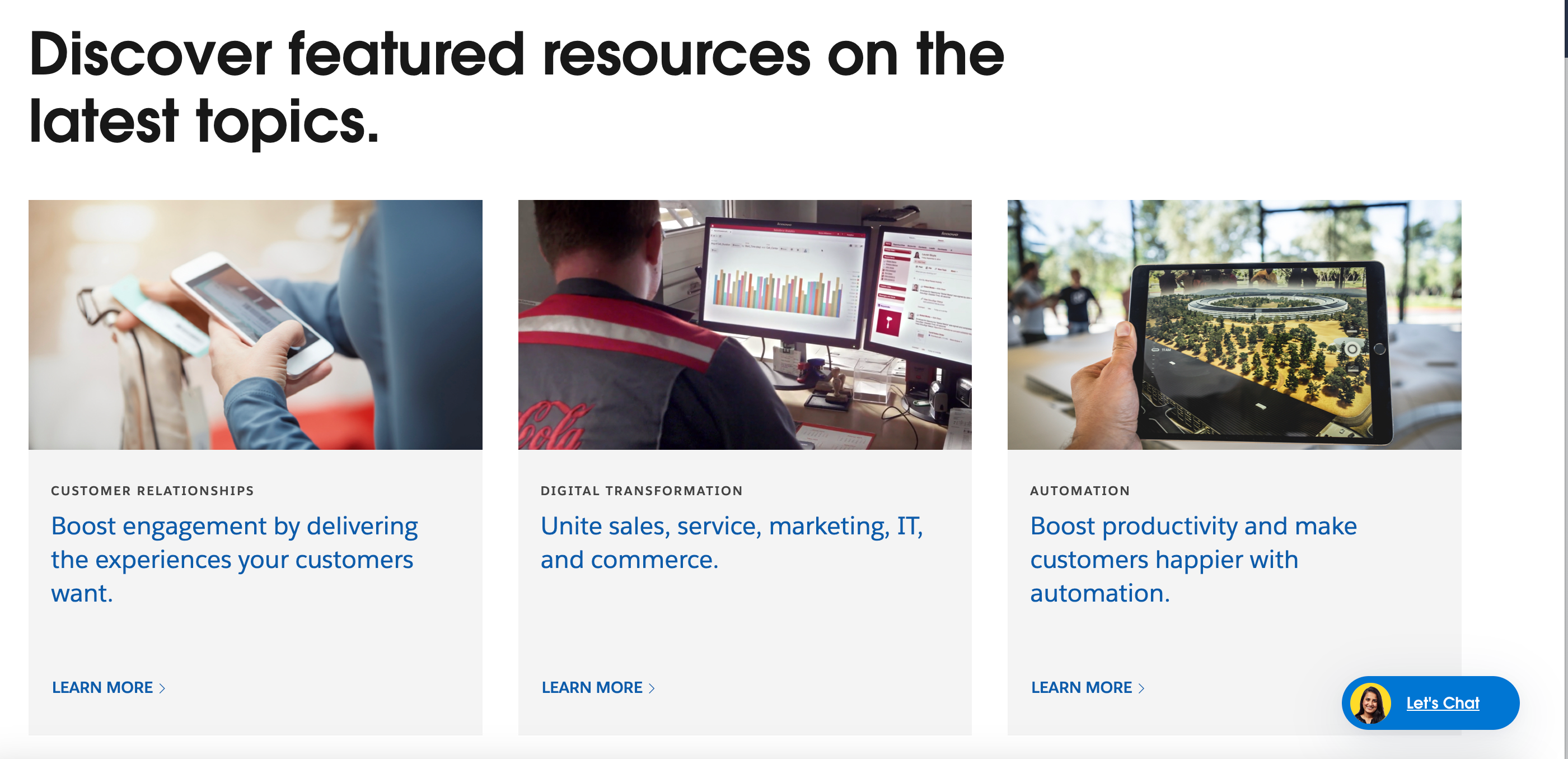
The Long-Term Value of Content Assets
Unlike traditional advertising that can be ephemeral; content assets have the potential to deliver sustained value over time. A solid piece of content can continue to:
- Draw in traffic
- Generate social shares
- Convert leads long after its publication
Particularly, those employing evergreen content, topics that remain relevant regardless of when they are accessed, witness further enhanced longevity in their reach.
Discussing everlasting content, think of Moz’s Beginner’s Guide to SEO. Since its creation in 2010, this comprehensive guide has continued to help countless individuals understand SEO and drive traffic to their website. This kind of ongoing value is an ideal result of a well-planned content strategy.
Though efforts in creating these assets may seem demanding at first, Visualize content creation as building equity. Every piece of content ads to your business’s value. As your library grows, so does your ability to attract and convert potential customers.
Ultimately, understanding the role and long-term value of content assets paves the way to creating content that provides sustainable benefits to your business.
Creating Valuable Content Assets
- Essential to understand your audience’s needs
- Producing high-quality content isn’t optional
- These two pillars form a streamlined path to content creation
Identifying Your Audience’s Needs
Understanding your audience’s needs and interests is the foundation to creating quality content assets. Crafting content that speaks directly to your audience’s pain points can boost engagement and long-term loyalty. This top-level understanding enables businesses to offer solutions before the audience has even articulated the problem.
When identifying audience needs, consider the common problems they face. Are there recurring questions or concerns being raised? Great tools to harvest the information include:
- Audience analytics
- Industry forums
- Direct feedback
Use this handy checklist from HubSpot:

Producing High-Quality Content
A distinct content strategy is determined by the quality of content produced. Your prospects and customers deserve high-quality content – it’s what differentiates your brand and helps you leave a memorable footprint. High-quality content affirms your business as a reliable source of information, stimulates engagement and builds a foundation of trust with your audience.
The production of high-quality content is a multi-stage process.
- Planning: Create comprehensive outlines, accumulating information from reliable sources, and comprehending your content’s objective.
- Creation: Maintain consistent tone and voice throughout your copy. Make efforts to bring originality to the table, even on subjects widely covered. Then, proofread and edit. Eliminate fluff words, tighten sentences and eliminate grammatical errors.
- optimize your content for search engines: Use relevant keywords, meta descriptions, and always maintain a healthy keyword density.
Remember, creating valuable content assets is crucial in the sustainable growth of any business. On this front, gaining insights into audience needs and maintaining a persisting focus on quality offers more than mere business advantage; they secure business survival and future prosperity.
Exploring Different Types of Content Assets
You’re about to delve into the power of different content assets, such as blogs and articles, videos and podcasts, and infographics and data visualizations. These are not just mere contents; they are valuable assets that can turbocharge growth, and here’s why:
- Uncover the hidden potential of blogs and articles in driving traffic and building connections.
- Learn how videos and podcasts can boost engagement and retention.
- Understand the unique appeal that infographics and data visualizations can have in simplifying complex data.
Blogs and Articles
Blogs and articles are possibly the most common, yet powerful, content assets out there. They encapsulate a combination of storytelling, data, insight, and expertise. Users flock to value-driven and authoritative content, making each article an open opportunity to build your brand and establish thought leadership.
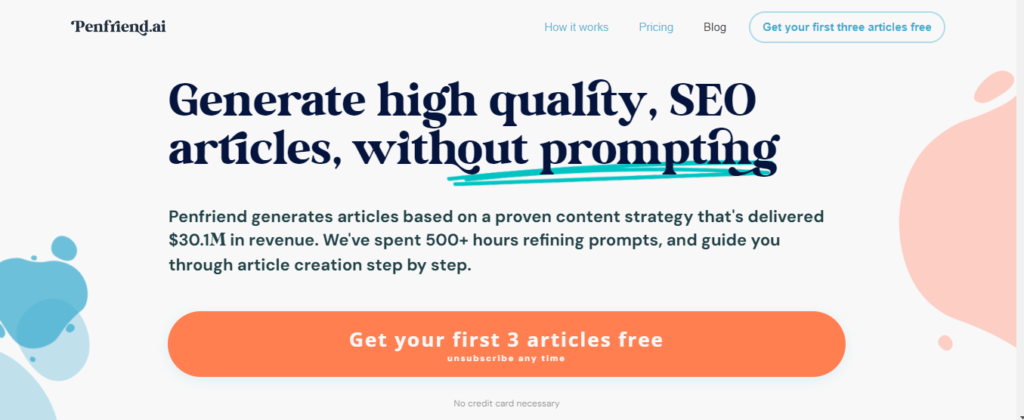
For instance, Shopify leverages their blog as an extensive resource hub for e-commerce entrepreneurs. Each carefully crafted article serves to inform, inspire, and instruct, positioning Shopify as a trusting and valuable resource in the crowded e-commerce space.
Videos and Podcasts
In an age of dwindling attention spans, videos and podcasts stand out by delivering information and creating experiences. They provide the platform for showcasing your brand’s personality, promoting deeper engagement with your audience.
Neil Patel’s Marketing School podcast, for example, leverages the power of auditory storytelling to deliver bite-sized marketing wisdom.
On the other hand, tech company HubSpot uses video to simplify intricate topics like SEO and digital marketing. The videos are not only informative but also engaging, thereby further enhancing the value of their brand.
Infographics and Data Visualizations
Infographics and data visualizations are valuable assets in making complex data understandable and engaging. These visual representations of data offer a quick, clear snapshot of directly usable information.
Consider the renowned data journalist, David McCandless, known for his complex and enlightening data visualizations. Another instance is Moz’s Google Algorithm Change History, which cleverly uses a timeline infographic to represent a complex subject in a visually digestible format.
Content assets are more than just content. They are tools to connect with your audience, communicate your brand’s message, and contribute to sustainable business growth. It’s time to start viewing your content as a powerful asset, rather than a mere afterthought.
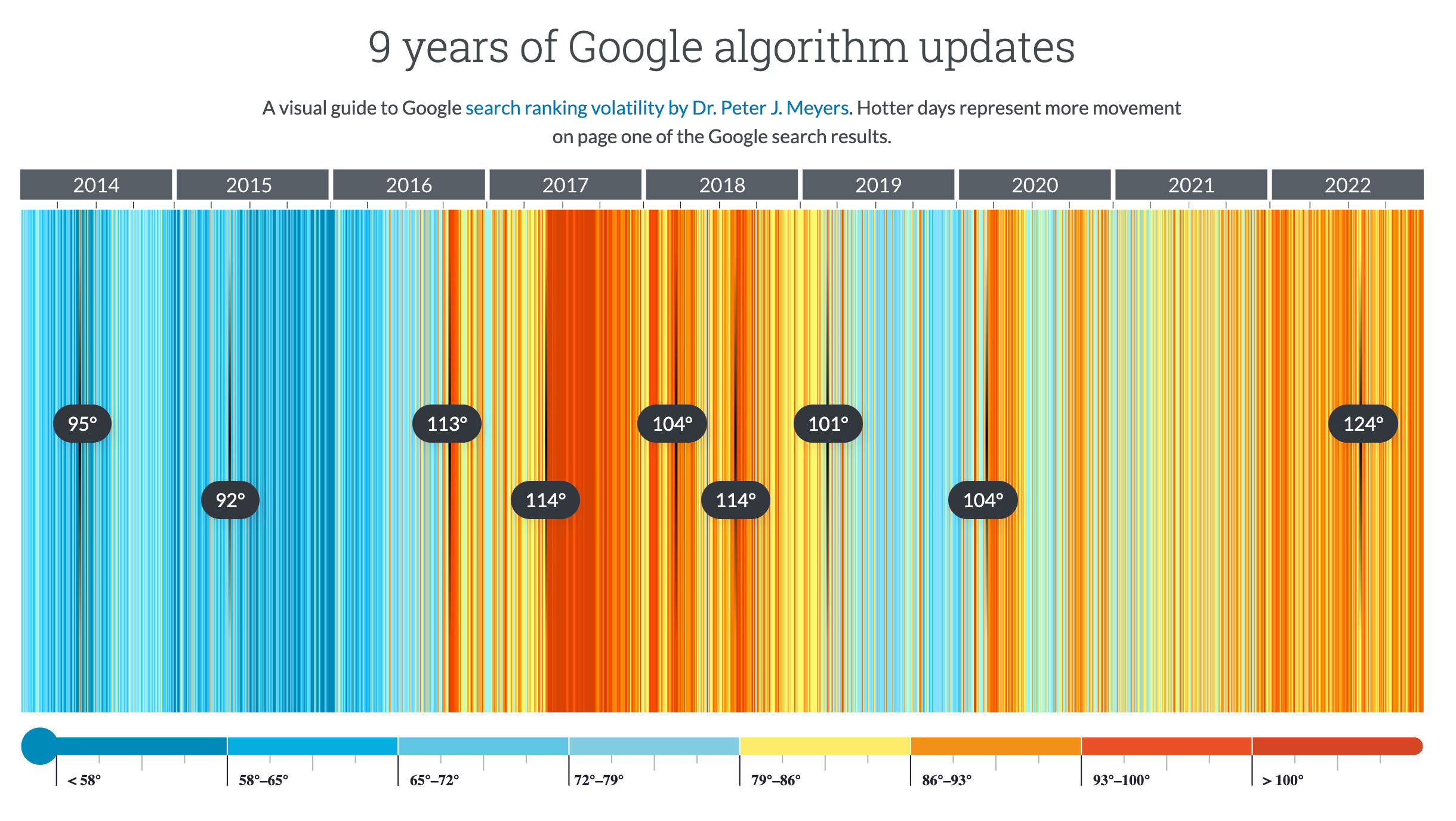
Developing a Content Asset Strategy
- Secures your business objectives with purposeful content
- Streamlines operations with systematic planning and scheduling
- Equips your team with tangible tips to enhance performance.
Setting Goals for Your Content Assets
Goals propel strategy. They influence every content asset your business creates, shaping its direction and purpose.
High-performing content assets like:
- Case studies
- Videos
- Thought leadership pieces
are often the result of clear, strategic content goals that serve the audience’s informational needs while also aligning with the company’s marketing and sales goals
“Content marketing generates over 3x as many leads as outbound marketing and costs 62% less.”
The first step to developing a content asset strategy is goal setting. What do you aim to achieve with your content? Enhanced brand visibility? Lead generation? Or nurturing customer relationships? Focusing your content efforts on clear objectives paves the road for purposeful content, aligning every asset with your larger business vision. A content piece without a defined goal is like a rudderless ship.
Effective Goal Setting
- Orient towards SMART goals: Specific, Measurable, Achievable, Relevant, Time-bound
- Align with business objectives: Keep business goals central to your content strategy.
How do you set effective content goals? Start SMART. Each content should meet SMART criteria.
Aiming for ‘more website traffic’ appears vague. Instead, aim for ‘20% increase in website traffic over the next quarter’.
Content goals rooted in your business goals hold higher credibility. Want to boost sales? A lead-generating content can be your go-to. Redefining brand identity? Focus on crafting assets reflecting your brand persona. By aligning your content initiatives with business goals, you ensure your content drives meaningful growth.
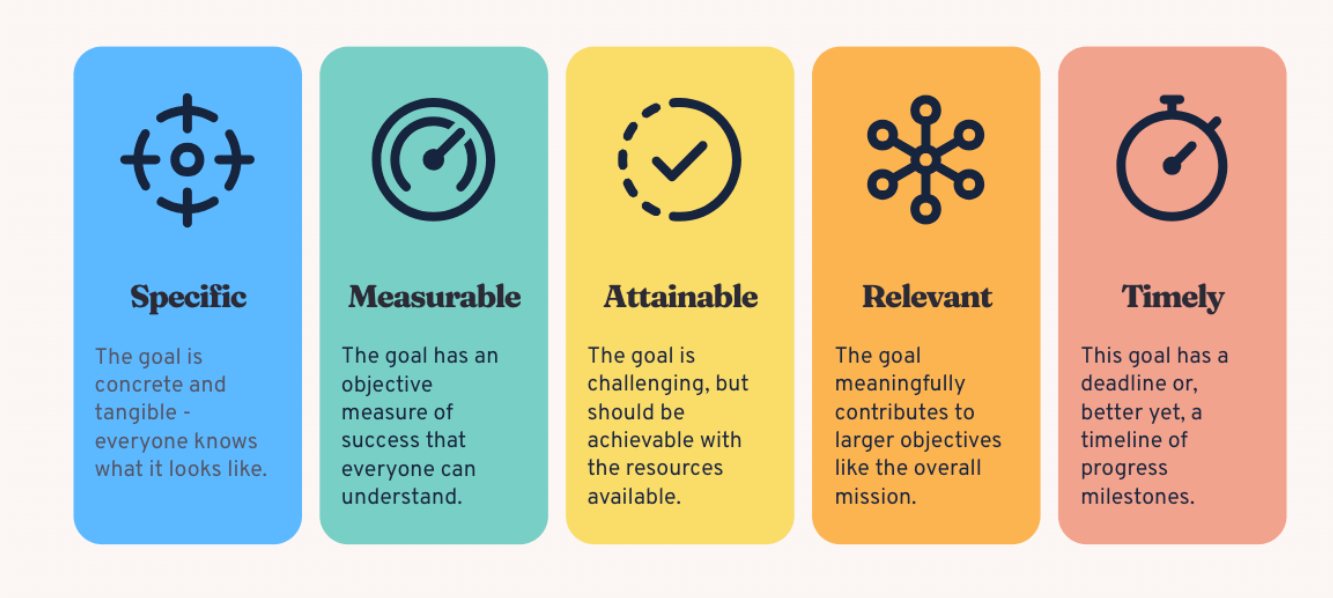
Planning and Scheduling Content Creation
Planning and scheduling content mirrors your work process – systematic, efficient, coordinated. It aids your team in managing their workflow smoothly while ensuring regular and consistent content output.
Making Planning Effective
- Document your strategy: Outlines a roadmap for your team
- Factor in buyer personas and customer journey stages: Enhances relevancy of content.
Planning doesn’t have to be complex. Start by documenting your strategy. An outlined roadmap not only keeps your team on the right track but also serves as a ready reference for any changes or improvements.
Your planning should consider your buyer personas and customer journey stages. Does your content meet their needs? Is it timely? The right content delivered at the right time can significantly enhance its relevancy and appeal.
For each piece of content, consider supporting content to help you build topical authority. Below, you can see Semrush’s diagram that shows one topic can have video content, social media posts, and blog content.
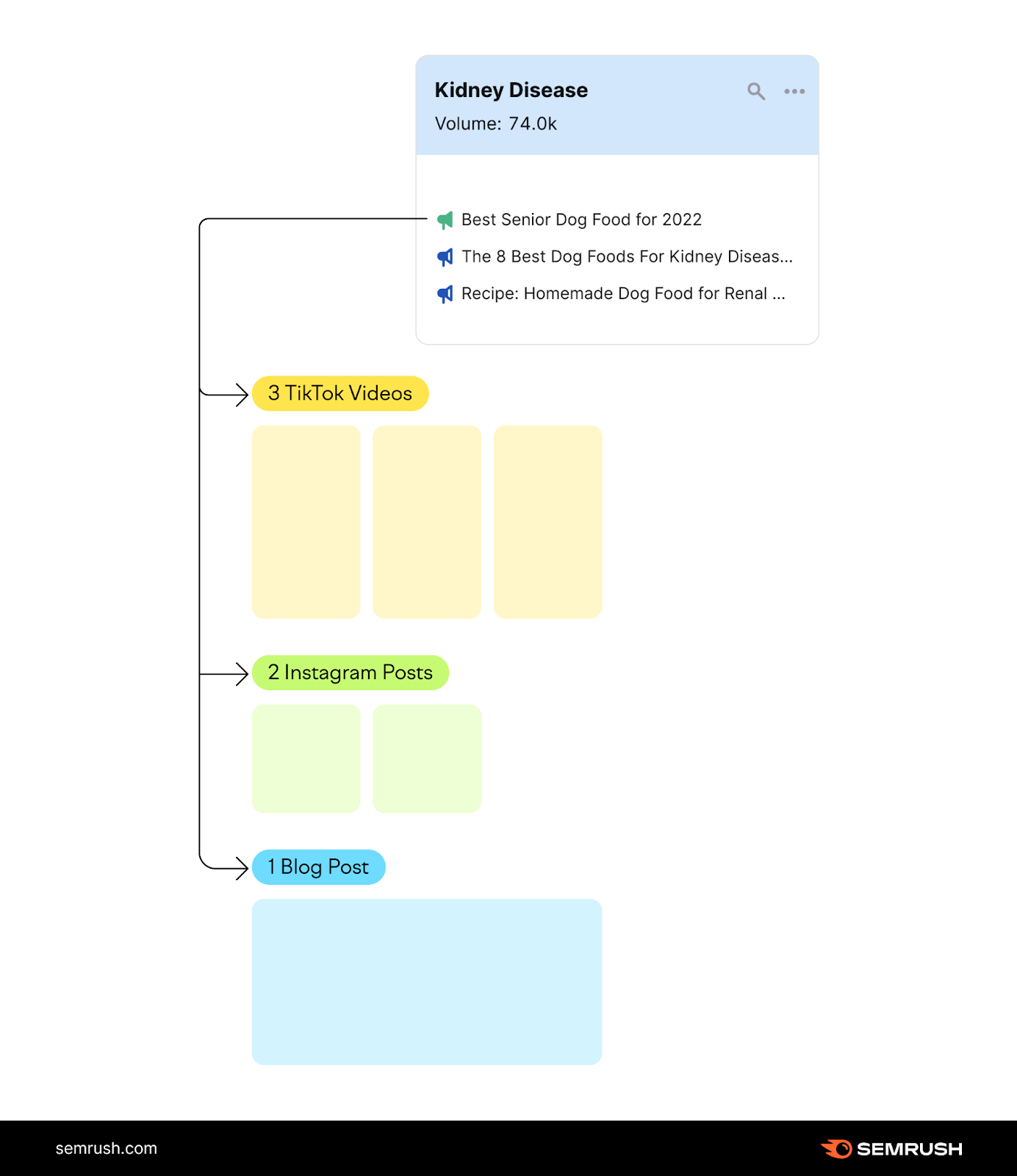
Nailing Scheduling
- Maintain a content calendar: Sequences your content release
- Use automation tools: Reduces time and effort involved.
Stick to a content calendar. Besides sequencing your content release, it offers an overview of your content plan at a glance. Additionally, consider leveraging automation tools. From scheduling posts to monitoring performance, these tools can take several tasks off your team’s plate, allowing them to focus more on creating high-quality content.
A finely tuned content strategy is your business’s best friend. It brings clarity, direction, and effectiveness to your content creation process. It’s where the journey starts. Let’s leverage it for sustainable business growth.
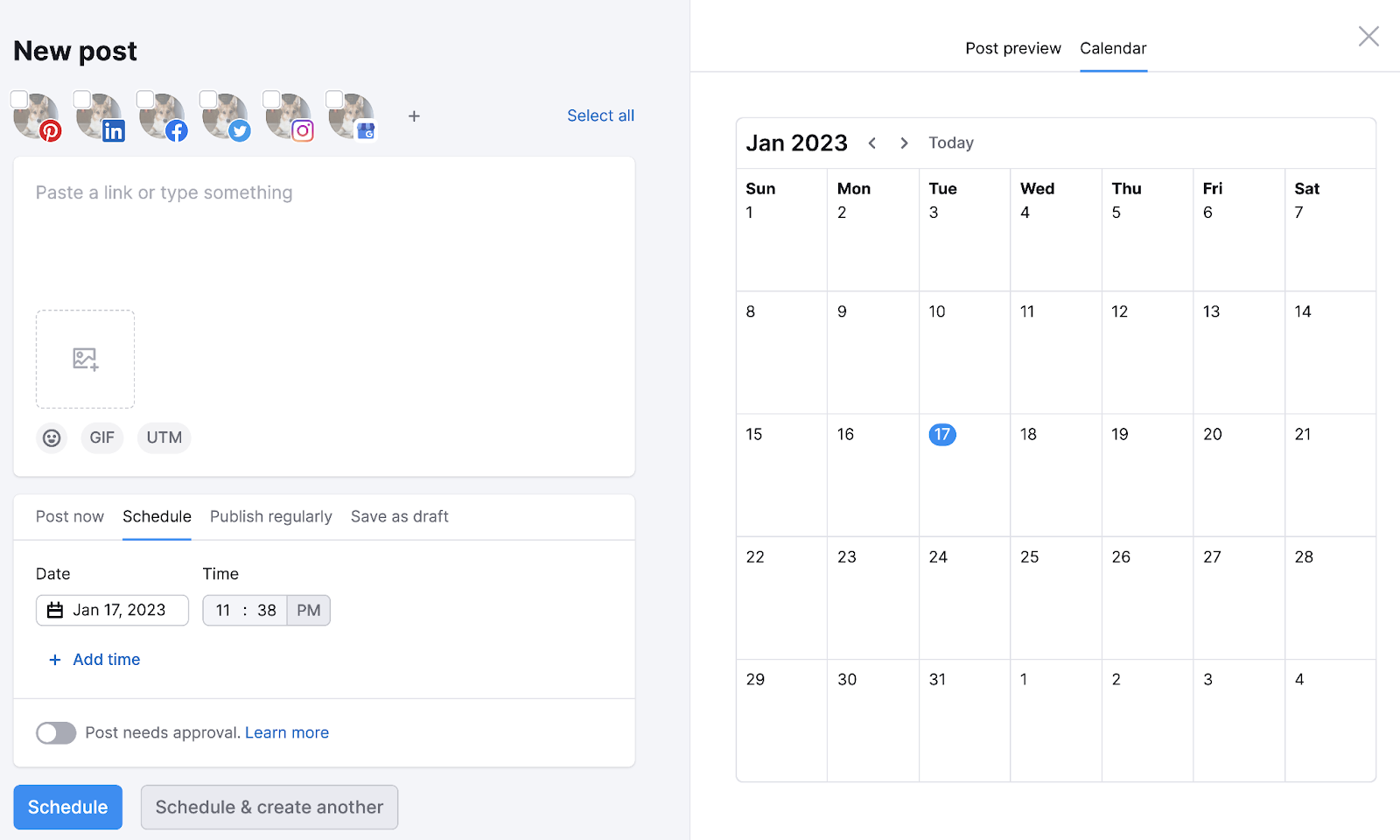
Maximizing the Value of Your Content Assets
- Content promotion elevates visibility and expands reach.
- Repurposing content ensures maximum utilization of every content piece.
- Measuring the success of content assets keeps the strategy dynamic, adaptable and future-proof.
Promoting Your Content Assets
Whether a white paper or an informative blog post, the value of your content assets multiplies when they reach the right audience. Building high-quality content is only half the victory; promoting it is the key to realizing its fullest potential.
Effective content promotion takes into account the audience, the channels they frequent, and the most engaging way to present the content. Consistency in your promotional efforts will ensure your content doesn’t go unnoticed. But remember, in content promotion, one size doesn’t fit all. Tailoring different strategies for each channel will ensure your content truly resonates.
Consider incorporating promotion into your content calendar. This will help you envision your promotional activities on a quarterly basis and track the progress. A systematic approach towards content promotion can result in an expanded reach and high engagement.
Repurposing Your Content Assets
Extracting maximum value from every content piece is essential for a sustainable content strategy. Repurposing content opens up opportunities to reinvent, rejuvenate and amplify your messages across different platforms and formats.
From creating bite-sized tweets out of lengthy blog posts, to transcribing webinars into white papers – the possibilities are endless with content repurposing. It’s a cost-effective strategy that also strengthens brand consistency.
Think of each content asset as a gold mine of opportunities waiting to be tapped – a blog post could provide matter for numerous tweets, LinkedIn posts or even visuals for Instagram. Repurposing ensures your efforts in producing high-quality content stretch that extra mile.
We saw an example of this previously in Semrush’s visualization of a content plan focused on one topic. Using multiple forms of content will help your message be more accessible to more people, so repurposing should be an essential element of your strategy.

Measuring the Success of Your Content Assets
At the heart of a result-oriented content strategy lies the pivotal task of measuring success. Analyzing performance metrics enables refinement and points to areas of improvement, ensuring the sustainability of your strategy.
Defining measurable goals, employing analytics tools to assess content performance and user engagement offers deep insights into what’s working and what needs adjustment. From unique page views to social shares, identifying the right metrics for your business is critical to accurately measure success.
Be proactive in modifying your tactics based on performance results. Remember, data doesn’t lie and can provide invaluable hints to future trends and potential pivots for your content strategy.
Use the following checklist to make sure you’re monitoring key metrics of your content marketing strategy:
- Bounce rate
- Conversions
- Engagement
- Impressions
- Time on site
- Website traffic
- Unique visitors
- Views
- Social shares
- Click through rates
Putting Content First: Your Business Growth Strategy
Treating content as a primary business asset paves the way for sustainability in growth. Engaging content optimizes SEO, builds a robust customer base, and gives you a competitive edge in your industry.
This information isn’t just a good-to-know-it’s essential for your business growth strategy. Now is the time to reassess your current plans and center your content.
Are you currently allocating the right resources towards content creation? Consult your team, reassess your budget, and strategize a content-centric approach to your marketing. Re-evaluating your content strategy is more than a check-off task, it’s an investment in your company’s future.
So, how are you planning to revise your strategy to place content creation at its heart? Remember, great content is not just an accessory-it’s your key to sustainable growth.
Go ahead, place content at the helm. Define your success story.

